Mining Chimneys - Who Made them?
Submitted: Sunday, Jun 18, 2017 at 12:29
ThreadID:
135106
Views:
8374
Replies:
8
FollowUps:
20
This Thread has been Archived
Member - Stephen L (Clare SA)
Hi Everyone
Seeing we can not have Doug's Sunday History any more, here is a bit of history that some may or may not be aware of.
Two posts below, Eugene asked what the symbol was on the EO Topo maps. There were a number of replies and he now knows that it is to do my our mining history, as shown with a screen shot of the historic town of
Burra, less than a 30 minute drive from our
home here in
Clare.
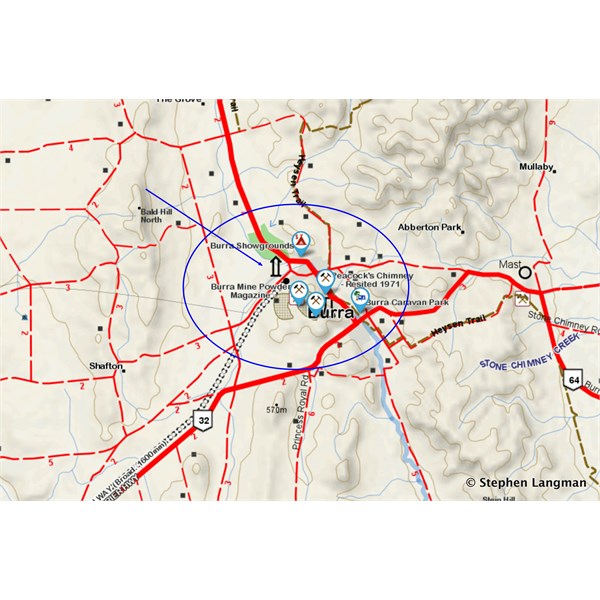
EO Topo screen shot of Burra, shown the Chimney Icon.
With the discovery of copper back in 1845, this saved the new Colony of South Australia from financial ruin.
Miners came from thousands of kilometres away to make a living from this new discovery, and two unique styles of chimneys were built and can still be seen today.
Many or most people will never take any notice of them, and this applies not just to
Burra, but other important mining areas around Australia.
The round Chimneys that were built were unique to the Cornish Stonemasons and the square Chimneys were unique to the Welsh Stonemasons.
So next time you visit an old mining site, impress yours friends and tell them who made those unique chimneys.
Cheers
Stephen
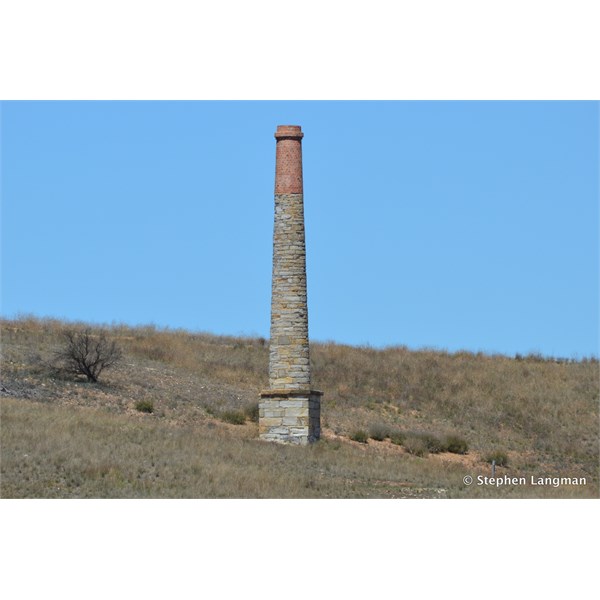
Round Cornish Chimney in Burra.
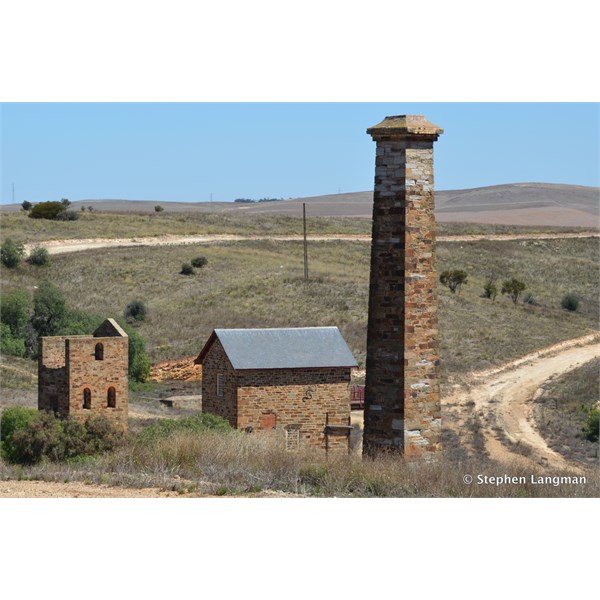
The unique Welsh square style Chimney
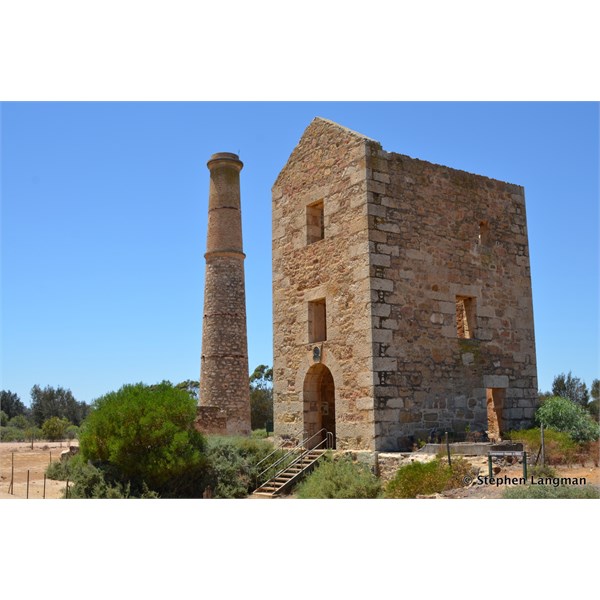
A unique Cornish round Chimney in Moonta, South Australia.
Reply By: Member - TonyV - Monday, Jun 19, 2017 at 13:12
Monday, Jun 19, 2017 at 13:12
Strange that something I was told many years ago as a west country boy in the UK clicks the old memory button into rewind...
In the 70's I went to do some HVAC work in a
mine and asked an old fella why the stacks were round, as the area I came from
Gloucester had a mixture of round an square.
He told me:
Round stacks building labour cost more than twice as much to build as square chimneys per 1000 bricks.
Square stacks are cheap to build, but because the way that smoke swirls in the
chimney, a square
chimney must be higher to get the draw to get the coal fire hot.
There was an abundance of coal in Wales so inefficient stacks made little operating cost difference.
Square chimneys also are less suited to high wing areas.
Cornwall, unlike Wales had to ship its coal from
Derby or Wales for smelting, that became costly, so the more efficient round 'Cornish' round
chimney were built and they could be shorter and stronger in coastal areas where there is high winds. Have you ever seen a square light house?
I didn't ask why the forge and office was square, but out of respect I left it, I did also find out that the Tin Miners also built stacks to vent the mines, there was no gas like coal but good fresh air cooled the
mine and got rid of much of the dust.
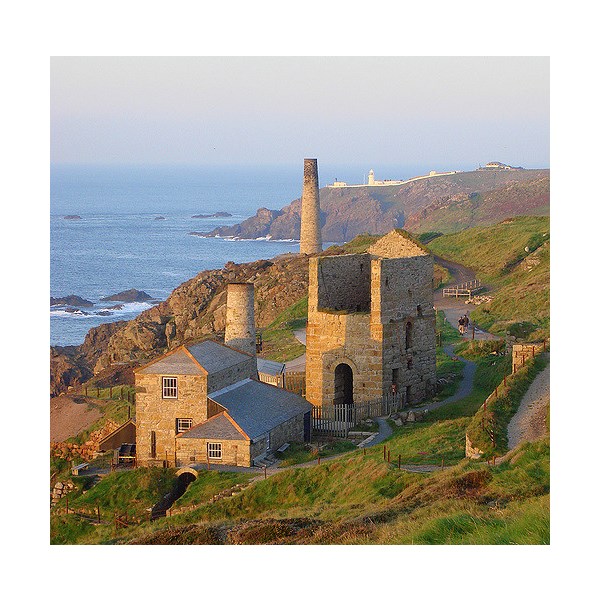
Cornish Tin Mine
AnswerID:
611989
Follow Up By: Allan B (Sunshine Coast) - Monday, Jun 19, 2017 at 14:00
Monday, Jun 19, 2017 at 14:00
.
........."Have you ever seen a square light house?"........
Err, yes Tony.
Cape Borda lighthouse, Flinders Chase,
Kangaroo Island.
Admittedly, not very tall, but square.
But what you said made sense.
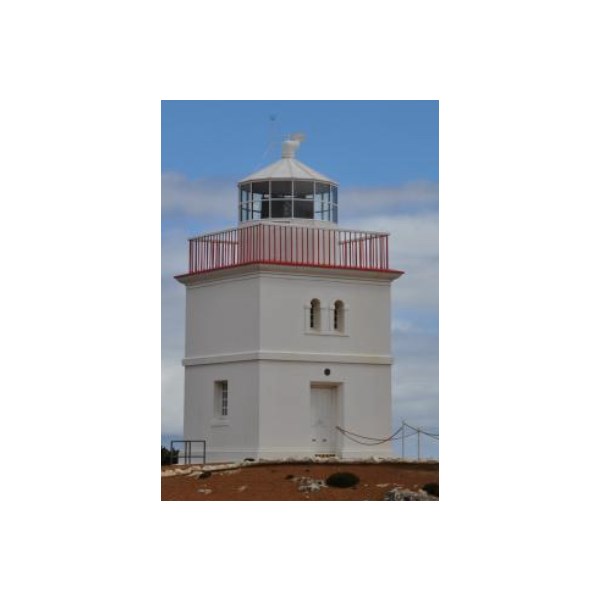
Cape Borda lighthouse, KI
FollowupID:
882041
Follow Up By: Member - TonyV - Monday, Jun 19, 2017 at 15:43
Monday, Jun 19, 2017 at 15:43
Allan, maybe built by the Welsh...
His rhetorical question regarding light houses was in reality quite
well founded. No such thing as Google in the 70's.
There is many, many square light houses, but few tall ones.
Ironically there was a 75mtr tall square light house only about 60
miles east of where we stood talkin at Gribben or Gribbin Head.
Like my late father many UK country folk, except for WWII, never travelled much, so I doubt he knew it was even there, which is a little sad.
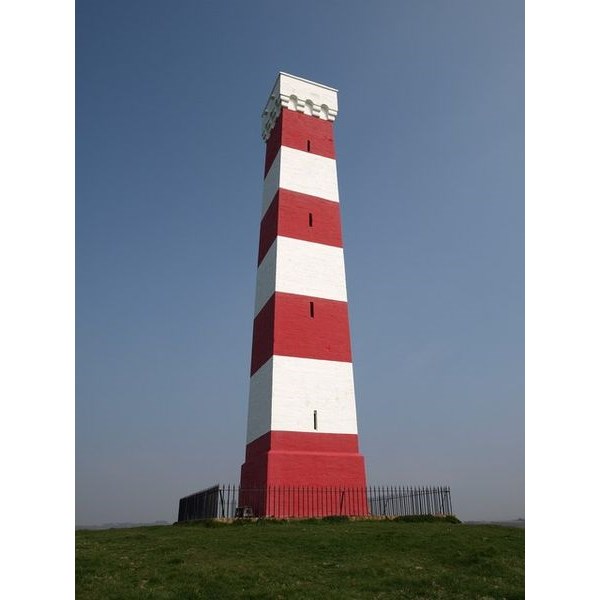
Gribbin or Gribben Light house Cornwall
FollowupID:
882048
Follow Up By: Alloy c/t - Monday, Jun 19, 2017 at 17:10
Monday, Jun 19, 2017 at 17:10
And if we were to forget about the 'cost' even way back then schoolboy physics told them a Circle is stronger than a Square .....
FollowupID:
882051
Follow Up By: Member - Stephen L (Clare SA) - Monday, Jun 19, 2017 at 20:10
Monday, Jun 19, 2017 at 20:10
Hi Tony
Thanks for that very interesting reply and those images look great.
One thing that is strange was the value per 1,000 bricks.
Like that great image from Cornwall of the
old mine site,
the chimneys that I have seen in
Burra,
Moonta and the Flinders Rangers do not consist of bricks, but local stone that was quarried on site and then hand cut to shape, so the cost of bricks would have nothing to do with the cost of production.
I marvel at the sheer beauty of the work of those stonemason and it was a real art for sure.
Thanks for your reply.
Cheers
Stephen
FollowupID:
882056
Reply By: Bob Y. - Qld - Monday, Jun 19, 2017 at 20:12
Monday, Jun 19, 2017 at 20:12
Thanks Stephen, you might end up getting a new job!
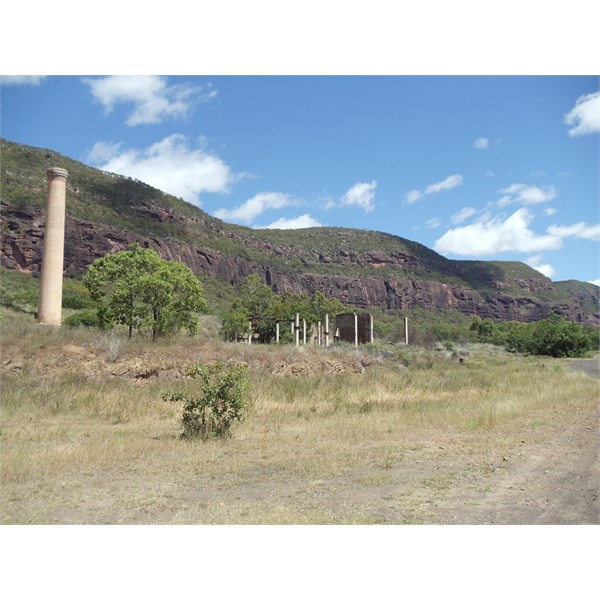
Stack at Mt Mulligan Mine, North Qld.
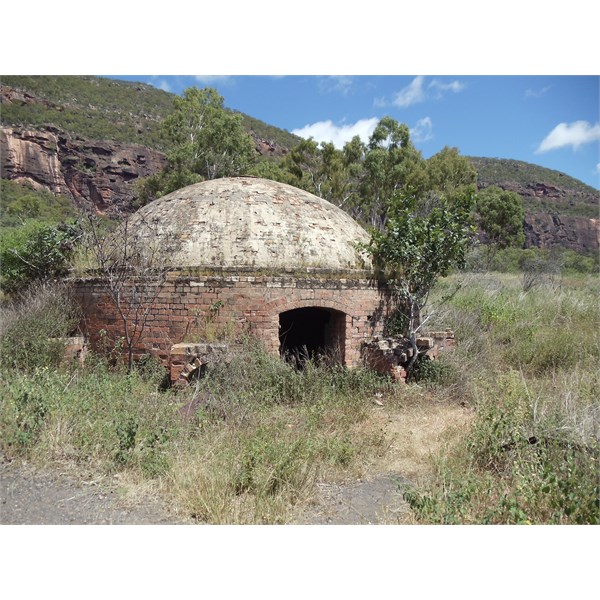
Beehive Kiln(?), also at Mt Mulligan. North Qld.
Took these photos about 2 years ago. Mt Mulligan is the site of a 1921
mine disaster when 75 miners lost their lives in a coal dust explosion. Sombre sort of place these days but
well worth a visit if you're in the area.
The
mine started in 1913, was worked until 1921, then re-opened in 1923, and worked by the State Government till 1957.
Looks like the Cornish built this stack?
Bob
AnswerID:
611994
Follow Up By: Member - Stephen L (Clare SA) - Monday, Jun 19, 2017 at 20:19
Monday, Jun 19, 2017 at 20:19
Hi Bob
Thanks for that and thanks for your reply.
Old mining site are always of interest to me and have spent many hours looking through some old sites.
Cheers
Stephen
FollowupID:
882060